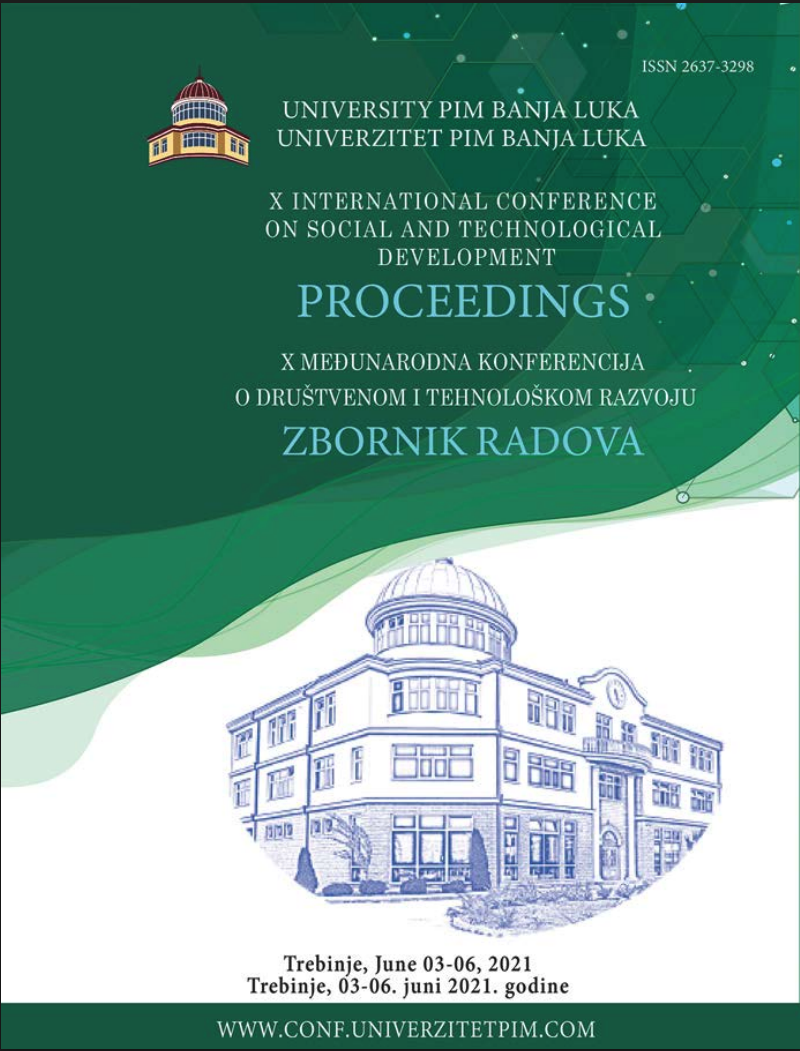
This is an open access article distributed under the Creative Commons Attribution License which permits unrestricted use, distribution, and reproduction in any medium, provided the original work is properly cited.
Subotica Tech - College of Applied Sciences , Subotica , Serbia
Subotica Tech - College of Applied Sciences , Subotica , Serbia
Subotica Tech - College of Applied Sciences , Subotica , Serbia
Today's development of technology enables the application of the principles of development of production processes defined by the goals of Industry 4.0, and the adaptation of existing automated production processes developed according to the principles of Industry 3.0. The question is whether in the case of micro-enterprises, i.e. craft shops, where the production process can at best be described according to the principles of Industry 2.0, the production process can be transformed in a sustainable way in accordance with current trends, i.e. to be in accordance with indications of the next industrial revolution, which, according to some predictions, will rely to a much greater extent on the interaction of people and the industrial environment. The paper presents a case study of the transformation of a manual-mechanized production process of a micro-company engaged in the production of decorative medallion tiles, into a production process that corresponds to trends defined by Industry 4.0 principles, and conclusions related to possible development trends in this type of company.
The statements, opinions and data contained in the journal are solely those of the individual authors and contributors and not of the publisher and the editor(s). We stay neutral with regard to jurisdictional claims in published maps and institutional affiliations.